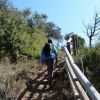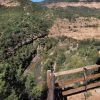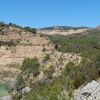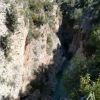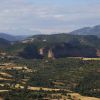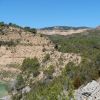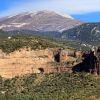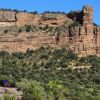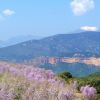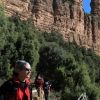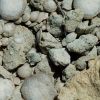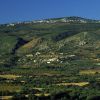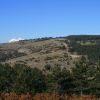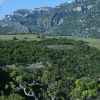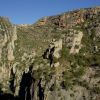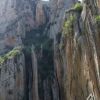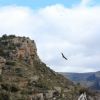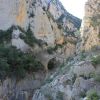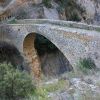De interés geológico
Tamara and el Puntillo springs. Bierge
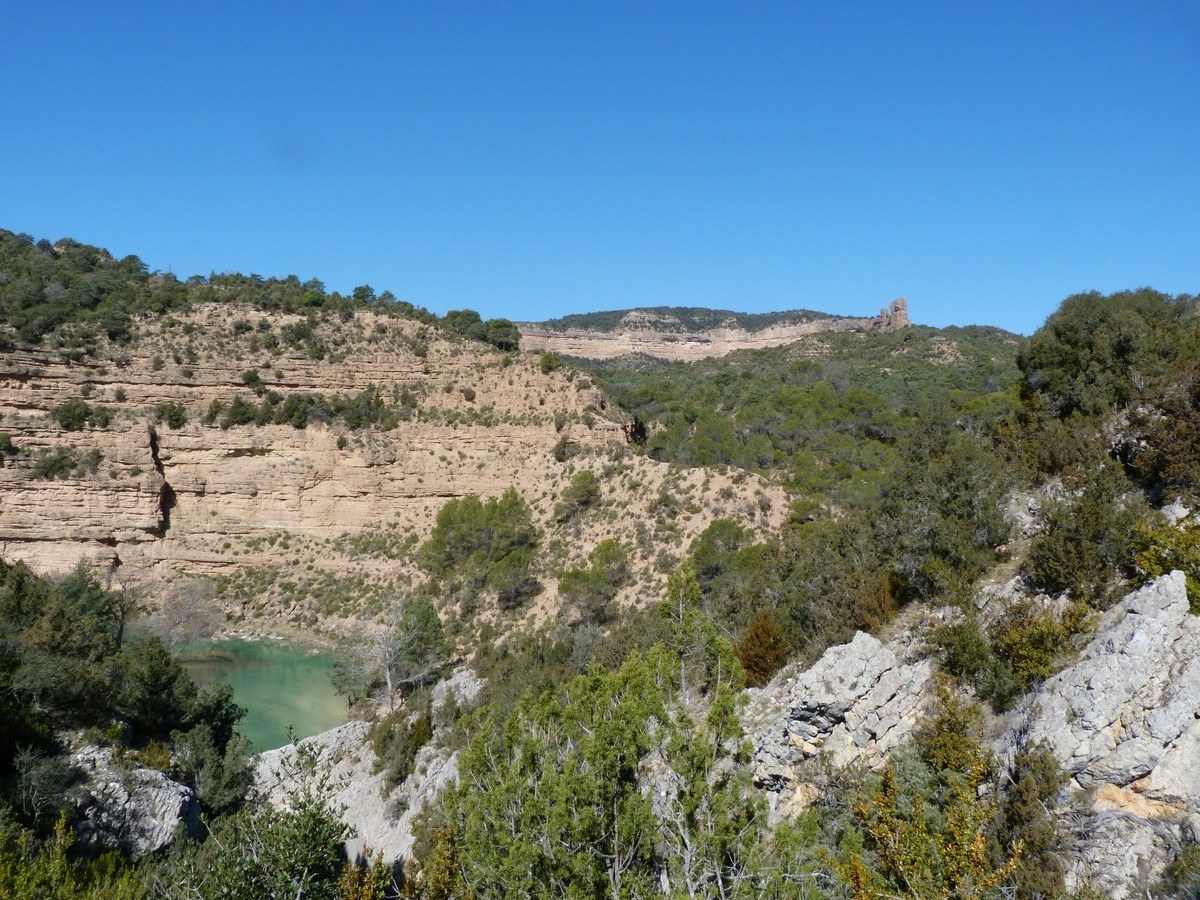
Water filtered into limestone can re-surface through springs as the Tamara spring, outside Fornazos strait. The place, as the surrounding of the Puntillo spring, downstream, is one of the most beautiful parts of Guara Park.
In this stretch in Alcanadre River the differences in sandstone, conglomerate and limestone made by fluvial modelling can be visible.
Signposting: Route to the Tamara and el Puntillo Springs
Huevo de Morrano
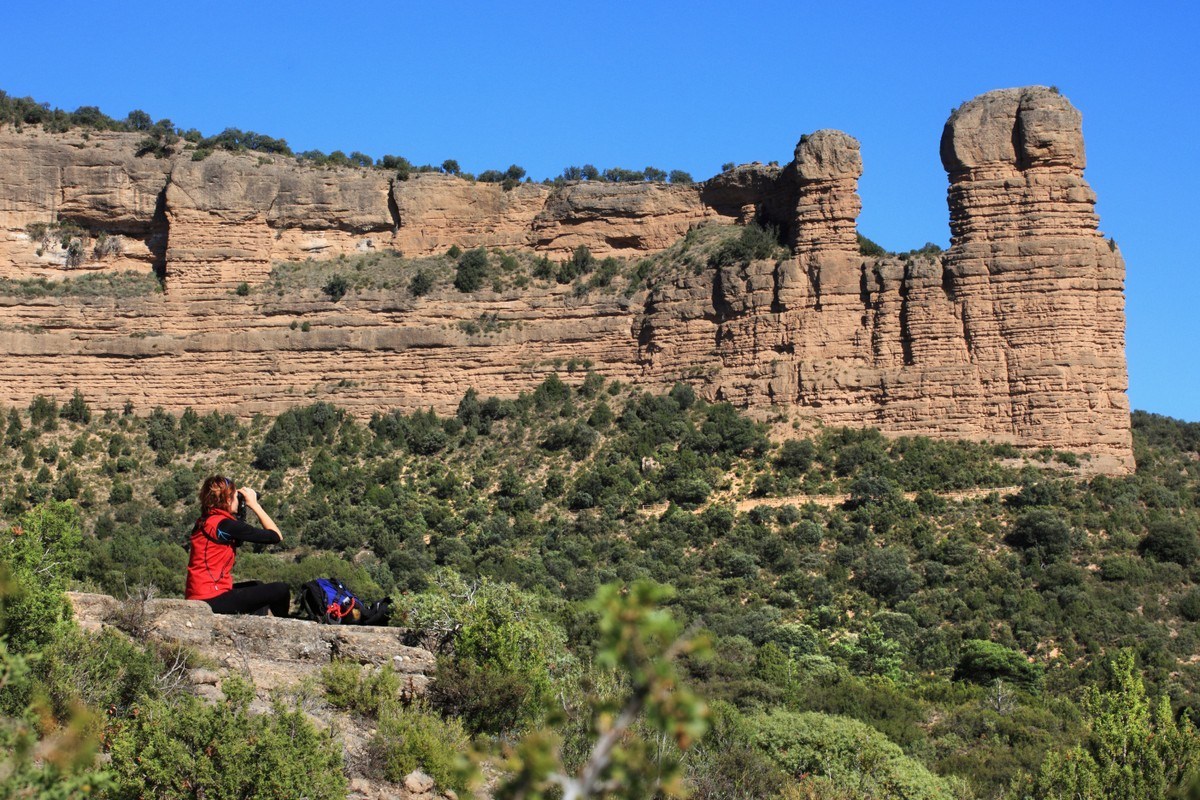
The conglomerate rock that borders the mountain ranges of the region gives rise to distinctive pinnacles that are very characteristic of the area between the pre-Pyrenean hills and the Ebro Valley; known locally as “mallos.” They are impressive formations with sheer, vertical walls and rounded peaks that rise to great heights. They were formed by the intervention of conglomerate masses of great size and power that had few bedding joints and a network of regularly spaced orthogonal fractures.
Signage: Pacos de Morrano Route
The Dineretes Of Sevil, Paleontological Site. Adahuesca

There is an abundance of distinctive Nummulites fossils scattered over the Dineretes hill. These organisms lived in the Eocene period (55 to 33 million years ago) when this region was submerged beneath the sea. It is possible to make out a disc-shaped shell, made up of several layers to make a flat spiral. They owe their name to the discoidal shape, similar to that of a coin; nummus is latin for coin and lithos is Greek for rock. Locally they are known as “dineretes” or “little coins.” Other fossils (such as alveolinas, assilinas, operculinas, cidaris) are often found in this same area.
Olvena canyon. Olvena

The N-123 road that heads north from Barbastro runs parallel with this magnificent gorge, which reaches a depth of 300m. It was formed by the erosion of the limestone of the north face of the Carrodilla mountain range by the power of the River Ésera. The karst effect has created a number of caves, such as the Moro cave, where evidence of human activity from the Bronze Age can be seen.



